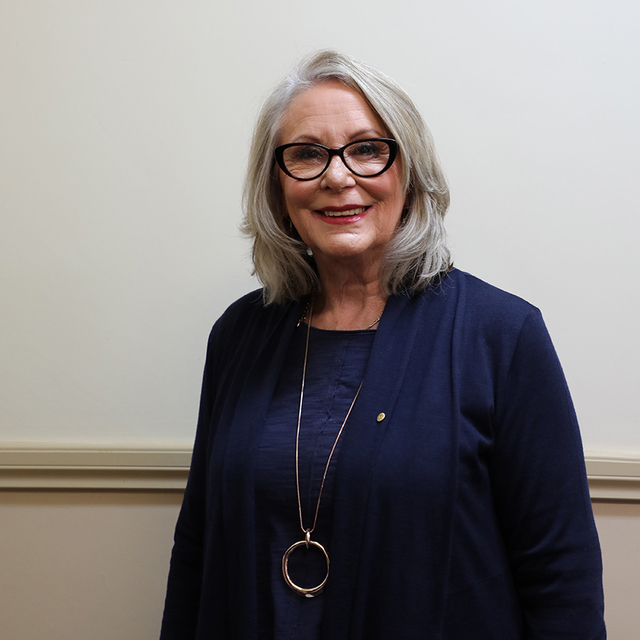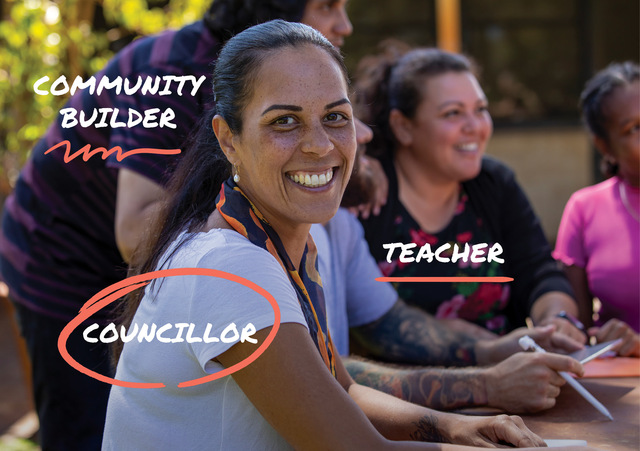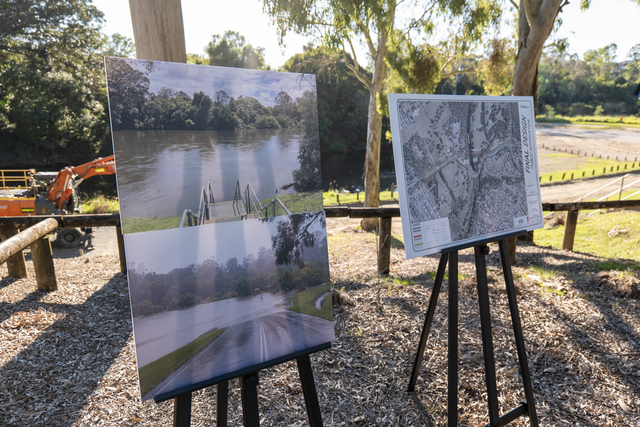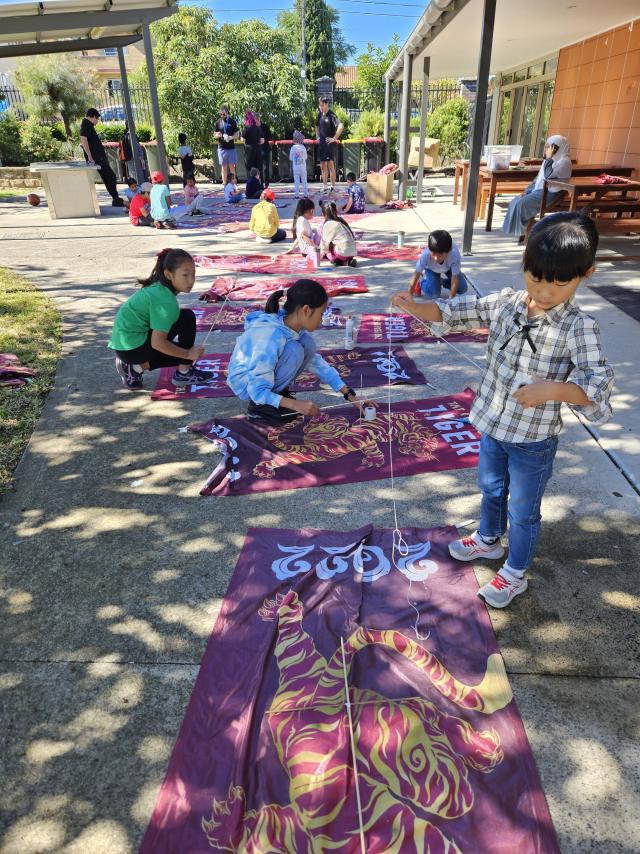July 1st has come and gone and, nearly a month into the new carbon economy, the impact seems to be somewhat less dramatic than anticipated.
In major efforts to reduce their carbon liability, local councils across Australia continue to take advantage of a variety of products and technologies that contribute to a reduction of carbon emissions; similarly, there are a number of grant programs, offered by federal and state governments, that can assist councils in putting the necessary changes in place.
At the ALGA National Assembly in June, the Hon. Mark Dreyfus, Parliamentary Secretary for Climate Change & Energy Efficiency, encouraged councils to utilise the Commonwealth’s Community Energy Efficiency Program to access funding for the switch to a clean energy future.
In the first round of grants, a number of local councils were amongst the recipients of the over $42 million handed out for a range of energy efficiency projects and programs.
In his announcement following the release of the list of successful applicants Mr Dreyfus said, “The Community Energy Efficiency Program will help to inform the community about the benefits of smart energy use, while providing improved services and amenities, buildings and community facilities. It will help lower energy use, cut pollution, save money and support local industries.
“The Government is funding 63 projects from 298 applications in the first round of the program. A wide range of high quality proposals were received and successful projects vary from energy efficiency upgrades of heritage listed buildings to installing new street lighting and tri-generation projects.”
Councils who were unsuccessful in the first round are encouraged to apply again, a point Mr Dreyfus was at pains to stress during his speech to the National Assembly, saying he was more than happy to discuss why some applications were successful and some weren’t.
Indeed, with $200 million up for grabs, the Federal Government seems committed to helping local councils make the most of the unique position they hold in relation to reducing carbon emissions and creating sustainable communities.
As the following stories from the ‘coal face’ suggest, councils are taking their responsibilities seriously, not only transforming the way we think about energy use and production, but in mitigating the impact of the Carbon Tax on the bottom line.
New life for nappies
Every year, between 800 million to 1 billion disposable nappies end up in Australian landfills, with one baby’s ‘nappy lifetime’ contributing approximately 5000 nappies.
In response to this startling fact, the City of Banyule, in Melbourne’s northeast, has pioneered the use of biodegradable nappies in the three childcare centres that are managed by Council.
Since starting the program in 2009, with a trial of 65 children aged three months to three years, the City has successfully turned 1000 cubic metres of landfill into 495 cubic metres of organic compost, which has then been used to fertilise both private and public garden beds.
The compostable nappies, developed and manufactured by Tasmania-based company Eenee Designs, are the world’s first zero waste disposables, and are endorsed by Compost Australia as the only disposable acceptable for commercial composting.
Having tested a variety of biodegradable nappies, Lismore City Council in New South Wales are now selling Eenee nappies in their new Save n Waste Recycle Store. The nappies are also being accepted for disposal via the City’s organic waste collection service.
Council’s Waste Operations Coordinator, Kevin Trustum said, “The collection of the compostable nappies will operate in the same way that the biobags currently do, in that residents with an organics service will need to register with Council to use them, and only these approved nappies will be accepted.
“Given that Australians send approximately 8,000,000 nappies a year to landfill where they take hundreds of years to break down, the introduction of these nappies into the organics collection system is a really positive step for the environment.”
Lighting up the way ahead
Lake Macquarie in News South Wales is powering ahead with the installation and use of solar energy, with more than 5000 solar power systems on rooftops around the city.
Lake Macquarie City Council has been leading the charge, with the Charlestown Library recently becoming the seventh major Council building to have solar power installed, joining the Art Gallery, Works Depot, and the State Emergency Service (SES) office, amongst others. The solar systems on Council buildings are capable of generating 95kW and have reduced Council’s carbon emissions by 146 tonnes a year.
In further good news for the region, local energy provider Ausgrid has recently reported that Lake Macquarie sits at the top of the network’s ladder with 5751 solar power systems installed. Collectively, Lake Macquarie’s solar photovoltaic systems have an overall peak generating capacity of 11.8 megawatts.
Council’s Acting Manager Sustainability, Symon Walpole, said that, “The City’s excellent performance reflects our community’s commitment to living sustainably. We estimate that the solar systems could mean energy savings for customers of around $4.3 million a year and will reduce carbon emissions by 18,000 tonnes a year.
“Council’s moves to convert to solar will save the City and its ratepayers around $38,000 every year and with electricity prices rising by an estimated 20 percent from July 1, the savings for residents will continue to grow,” said Mr Walpole.








